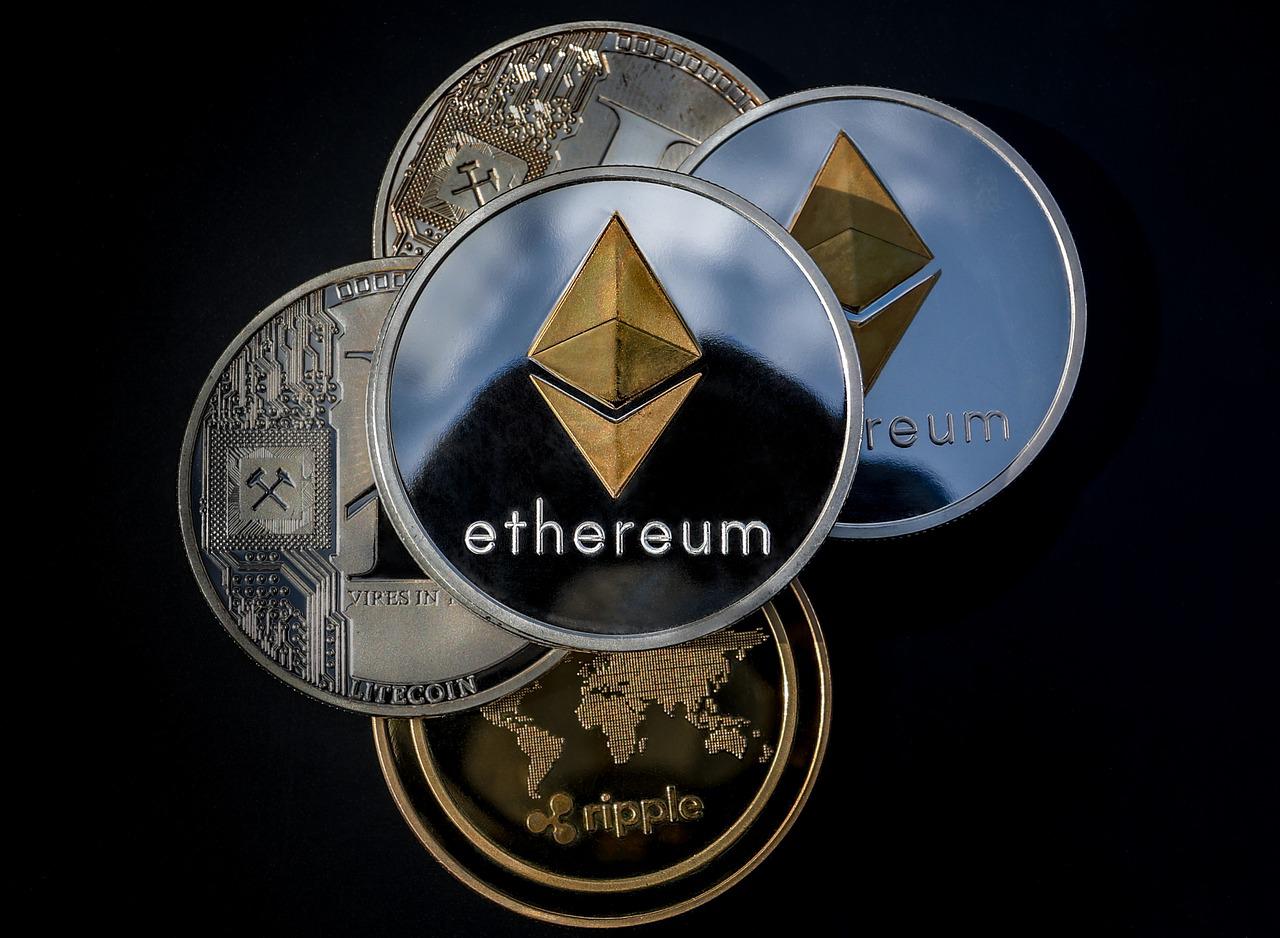Ethereum 2.0 is the next major iteration of Ethereum, the world’s most popular decentralized computing network. It’s also known as “DApp” or “Decentralized Application” and more specifically, a new type of dApp called smart contracts. Smart contracts are basically computer programs that govern the process of transactions in an online marketplace like eBay, Facebook, or Amazon. These programs run on the blockchain, an incorruptible digital ledger that records transactions across various virtual currencies such as Bitcoin. When you buy something on any of these decentralized marketplaces, you’re not buying just another item — you’re buying into a trustless ecosystem where buyers and sellers don’t want to be linked to their personal information or financial securities. The result: trustless and frictionless commerce is what makes this new market segment dubbed “Ethereum 2.0” so appealing. The value proposition for traditional investors isn’t hard to understand either — after all, most people who manage money use it for something other than investing: retirement savings, college tuition, or house payments. But for those who see potential in this emerging sector called “Crypto Currencies,” investing could mean more than just watching their cash grow fatter over time. It could be a means to social engagement and a source of passive income that they can bank in while staying out of the spotlight.
What Is Ethereum 2.0?
Ethereum 2.0 is the second major upgrade of Ethereum, which was the original blockchain-based distributed computing network. Back in 2016, the developers behind Ethereum implemented an upgrade that made the network faster and more scalable, as well as easier to use for software developers. The protocol was refactored to take advantage of the new features, and a new blockchain was created to support them — the Ethereum 2.0 blockchain. The Ethereum 2.0 blockchain is based on the latest version of the open-source blockchain software, and it’s designed to handle a larger number of transactions per second (TPS). It also comes with a number of new features that have made the network even more accessible for developers and businesses to build on top of it.
How Does Ethereum 2.0 Work?
When someone wants to make a purchase on a decentralized network like the Internet or a decentralized app like AirBNB or Uber, they need to verify their identity through an authentication process. This process, known as “signing” a transaction, is done using an online interface where someone has to manually put their mark on the smart contract. Next, the parties involved in the transaction (buyer and seller) can communicate with each other directly without the need for intermediaries like banks, brokerages, or financial institutions. The decentralized aspect of this network makes it safe and transparent. This means that no third party is needed to verify transactions or keep a record of them.
Potential Benefits Of Investing In Ethereum 2.0
For investors who are looking to get in on the ground floor of the new asset class, there are a few potential benefits of investing in Ethereum 2.0. Increased TPS – The Ethereum 2.0 blockchain can handle more transactions per second, which means faster delivery and a reduction in the overall transaction costs. This could lead to more profitable transactions, as these networks process more data per second, they can more effectively capture market share. More Investment Opportunities – With more investors and financial professionals exploring this new market, the amount of capital flowing into this asset class is expected to increase, potentially leading to more investment opportunities in the future. Easy To Use For Users – Users of decentralized platforms like the Internet, peer-to-peer (P2P) lending, or decentralized apps will find it much easier to use the Ethereum 2.0 blockchain compared to the older one. They won’t have to learn a new technology or program, as it’s been simplified for beginners.
Cons of Investing In Ethereum 2.0
Even though investing in Ethereum 2.0 could lead to big returns in the future, there are some potential risks associated with the investment strategy. Inability to Recognize Opportunities – One of the key advantages of decentralized applications is their ability to operate independent of centralized control. That is, the applications don’t require a central authority to function, which means that any failure or disruption in one part of the ecosystem will have little or no impact on the other parts. Fragmented Adoption – Many industries, especially financial services, are still dealing with strong regulatory challenges that could delay or prevent the full adoption of this new technology. This might make it more difficult for users to become familiar with decentralized apps and make informed trading decisions.




